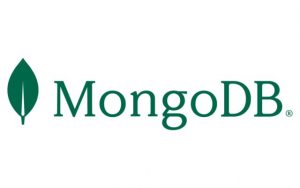DB
MongoDB is a popular NoSQL database that offers flexibility and scalability, making it ideal for modern application development. In this tutorial, we’ll cover the basics of MongoDB and provide code examples to help you get started.
Setting Up MongoDB
Before diving into MongoDB, you’ll need to set it up on your system. Follow these steps:
- Installation: Visit the MongoDB website and download the appropriate version for your operating system. Follow the installation instructions provided.
- Starting MongoDB: Once installed, start the MongoDB server by running the appropriate command in your terminal or command prompt.
- Connecting to MongoDB: Use the MongoDB shell or a graphical user interface (GUI) tool to connect to the MongoDB server.
MongoDB Basics
Creating a Database
To create a new database in MongoDB, use the use command:
use mydatabaseCreating a Collection
Collections in MongoDB are similar to tables in relational databases. To create a new collection, use the db.createCollection() method:
db.createCollection("users")Inserting Documents
Documents in MongoDB are JSON-like objects stored in collections. To insert a document into a collection, use the insertOne() method:
db.users.insertOne({
name: "John Doe",
email: "john@example.com"
})Querying Documents
MongoDB provides various methods for querying documents. Here’s an example of querying all documents in the users collection:
db.users.find()Updating Documents
To update a document in MongoDB, use the updateOne() or updateMany() method:
db.users.updateOne(
{ name: "John Doe" },
{ $set: { email: "john.doe@example.com" } }
)Deleting Documents
To delete documents from a collection, use the deleteOne() or deleteMany() method:
db.users.deleteOne({ name: "John Doe" })Conclusion
Congratulations! You’ve completed our beginner’s guide to learning MongoDB. With the basics covered and code examples provided, you’re ready to explore more advanced features and start building database-driven applications with MongoDB. Happy coding!


